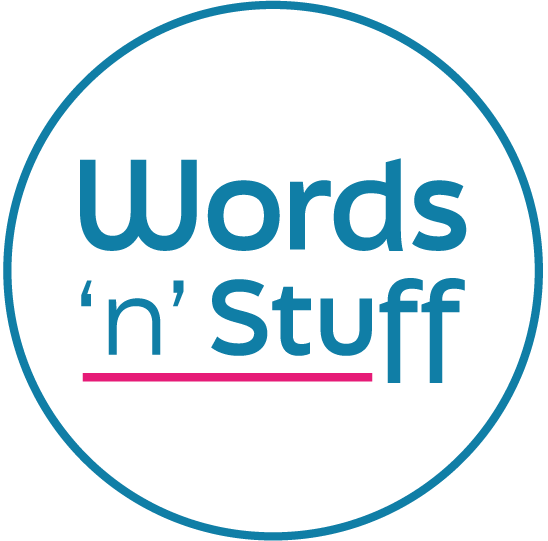The definitive guide to articles, blogs, white papers
What You’ll Learn in This Post
Why understanding the difference and role of blogs, article and white papers matters - and how it actually affects your audience and the impact of your content.
Proven strategies to help you choose the right content format at the right time.
What each format should be used for to help your content land with a punch.
By the end, you’ll know exactly how to [main action/goal] and be ready to put it into practice.
—
There’s one thing that winds me up. That’s when the terms articles, white papers and blogs are used interchangeably. Because they’re different. Very different.
On the surface, yes they’re all long form content. But that’s where the similarities end. They all have a defined role and objective that makes them wise investments. If you use the wrong one then you’re wasting time and money. So that’s why I decided to pull together my definitive guide, to answer those questions and stamp out confusion once and for all!
Articles
What are they?
Articles are top level overviews of a subject. Usually maxing out at 2 pages, these provide you with an opportunity to explore a topic. The thing that makes an article an article though is the style.
Articles are traditionally more formal, professional and straight-laced. Think about an academic research summary, a write up of a conference, or a broadsheet newspaper article.
By adopting a formal tone these are more serious, and some would say have more weight than a blog post. They’re less about your opinion and more about presenting a balanced argument with source evidence.
When to use them
Use articles when you’ve got research to present or you’re covering a serious topic.
They can still be hosted on your website, alongside your blogs but the other way to gain traction from articles is submitting them to publications.
Blogs
What are they?
Blogs are your opportunity to have your say. Originating from personal blogs which provided a behind the scenes look, professional blogs have the same approach.
They need to be informal, chatty, interesting, and personable. Their aim is to strike up a relationship with the reader and connect on an emotional level. Think as blogs as a conversation starter, dinner party chit chat. Though that’s not to say that blogs can’t cover more serious topics if it’s appropriate to your audience, and don’t dismiss their impact because they’re sometimes a bit lighter.
Because of their nature blogs tend to be on the shorter side of long form content. Topping out at a max of 1500 words.
When to use them
When you have something to say. Not just regurgitating someone else’s opinion but when you have something to share or an opinion to air.
Hosted on your website, or a blog platform such as Medium, this type of content is intended to be skim read so need to make an impact fast.
White papers
What are they?
White papers are the hard hitter of the long form content world. There’s no limit to how long a white paper can be, though you do need to bear in mind your audience and if they’ll read that much!
I’ve worked on 4,000 word white papers and 20,000 word white papers. The key to a successful one though comes in the research. Because white papers rely on research and presenting that research to support a certain argument.
The most successful white papers present their own original research to support an overarching campaign.
Their tone is more in line with articles than blogs, favouring a more serious approach. But because they’re trying to change your thinking they also need to be persuasive and charming.
When to use them
White papers are a great tool as part of a change campaign. But make sure you’ve got the time, resources and research to create a compelling argument.
There’s always a debate over whether to gate this type of content or not. If your white paper is targeted more towards your customers and a lead generation tool then go for it. But if your white paper is to create change, share it wide and far.
How to know which one you need?
It’s a case of thinking about 2 things. Your audience. Your objective.
What type of content does your audience enjoy reading?
What’s their attention span?
Where do they read their content?
What do you want to get out of it?
What resources do you have?
What’s the point of the content?
Where is it going to be published?
Once you’ve answered those questions it’ll be clear which format is right for that topic. But remember, you don’t have to pick one and be done. You can flex your approach for each content type and you should flex it.
There isn’t one type of long form content that’s better than the other. There’s only the right format for the right objective.
So choose well.
Stuck on how to use them? Talk to me and we can create a plan together.
TLDR: The main difference between articles, white papers and blogs is their length and their purpose. Blogs are to build relationships and are often more informal, articles are a bit more serious and white papers typically promote a core idea or research and are far more in-depth.
